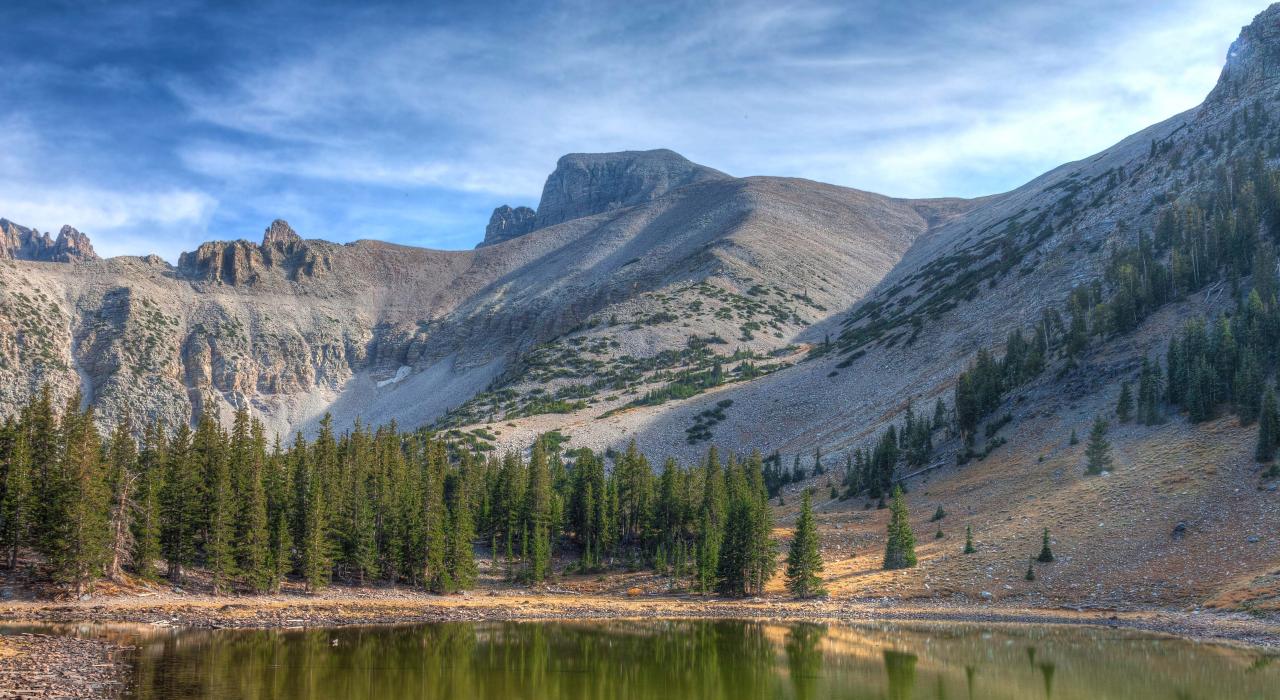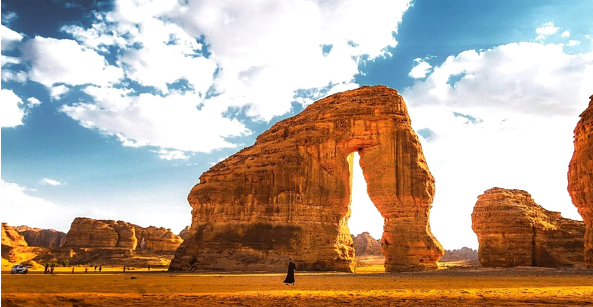Explore the story of greatbasinexp57, a desert science mission that uncovered the secrets of the Great Basin’s life, land, and history through teamwork, research, and discovery.
Introduction
When we hear the term greatbasinexp57, it may seem unusual or unfamiliar. However, this name hides a story full of discovery, adventure, and scientific learning. In fact, it stands for a special expedition that explored the Great Basin—a vast, dry area in the western United States. This blog will explain everything about greatbasinexp57 in a simple and engaging way.
What Is the Great Basin?
The Great Basin is a huge region covering most of Nevada and parts of Utah, Oregon, Idaho, and California. Interestingly, it does not drain to any ocean. Instead, water stays inside the basin. Because of this, it forms lakes and dry salt flats. The area is home to deserts, mountains, and valleys.
Why the Great Basin Matters
You may ask, why explore the Great Basin? Well, it holds many secrets. From ancient fossils to native cultures and rare plants, the Great Basin has much to offer. Scientists, hikers, and historians all love this place. So, the greatbasinexp57 team chose this area for deep exploration and study.
Origins of greatbasinexp57
The greatbasinexp57 project started as a joint mission by researchers and adventurers. Their goal was simple: to learn more about the land, life, and history of the Great Basin. Through planning and support, they launched the 57th expedition focused on this region. This is why the name ends in “57”.
Planning the Mission
Before setting out, the team behind greatbasinexp57 worked hard to prepare. They gathered maps, tools, supplies, and permits. They also built a strong team with geologists, biologists, historians, and photographers. With everyone ready, they marked key spots for the mission, including caves, dry lake beds, and ancient trails.
Team Members and Their Roles
The greatbasinexp57 team included people from many fields. The geologist studied the rocks and soil. The biologist looked at plants and animals. The historian searched for signs of early human life. The photographer captured all these discoveries. Together, they made a powerful group focused on exploring every part of the Great Basin.
Tools and Technology Used
To make their work easier, the greatbasinexp57 crew used advanced tools. They brought GPS devices, soil testers, water analyzers, and drones. Drones helped take pictures from the air. Water testers checked streams and ponds. These tools gave them better and faster results. Technology played a huge role in this desert mission.
First Days in the Field
The first few days of the greatbasinexp57 journey were full of learning and surprises. The group set up base near an old mining town. Each day, they hiked to different places. They saw dry riverbeds, caves, and wildlife. Even in this dry land, they found signs of life and ancient people.
Discovering Desert Life
One key goal of greatbasinexp57 was to study desert plants and animals. The biologist found desert flowers blooming after rare rains. Lizards, rabbits, and birds moved across the land. These living things had adapted to heat and dry weather. The team learned how life survives in such a tough environment.
Geology and Land Formations
Geologists on the greatbasinexp57 team found strange rock shapes, dry lake beds, and lava fields. The rocks told stories of earthquakes, volcanoes, and ancient seas. They studied soil layers to understand how the land changed over time. Their work helped everyone understand how the Great Basin was formed over millions of years.
Native American Traces
While exploring caves, the greatbasinexp57 group found tools and signs of early humans. These items came from Native American tribes who lived here long ago. The historian carefully studied these signs. These findings proved that people lived in the Great Basin thousands of years ago, hunting, gathering, and building shelters.
Harsh Weather and Challenges
Like all big missions, greatbasinexp57 faced many problems. The weather was very hot in the day and freezing at night. Sandstorms covered equipment in dust. Water was hard to find. But the team worked together, stayed safe, and kept moving forward. Their strong spirit helped them succeed in the wild desert.
Photography and Visual Records
The photographer on the greatbasinexp57 team took many amazing pictures. These images showed dry lakes, red sunsets, mountain shadows, and desert animals. The photos helped people who could not visit the Great Basin to still enjoy its beauty. These records will also help future scientists in their own studies.
Drones in Action
Drones were a big part of the greatbasinexp57 exploration. They flew high above valleys and cliffs, taking photos and videos. Drones showed places the team could not reach by foot. They also helped map the land better. Thanks to drones, the team saved time and collected more data than ever before.
Documenting Water Sources
Even in a dry place like the Great Basin, water exists. The greatbasinexp57 crew found springs, ponds, and old stream paths. They tested the water to see if it was clean or salty. Knowing where water flows helps wildlife, hikers, and future researchers. It also shows how climate change is affecting the region.
Desert Plants and Their Secrets
One special part of greatbasinexp57 was learning about plants. The team found rare cacti and desert flowers. These plants survive with very little water. Some even store water inside their thick leaves. Others open only at night to save moisture. These plants teach us how to survive in dry places.
Animal Tracking and Wildlife
While walking through the desert, the team noticed tracks and signs of animals. They found snake skins, bird feathers, and small footprints. Using cameras, they filmed animals like coyotes, hawks, and lizards. The greatbasinexp57 team learned when animals come out, what they eat, and how they stay safe in such a harsh land.
Learning from the Past
The Great Basin holds more than rocks and plants. It holds stories of the past. The historian studied old paths, campfires, and drawings on cave walls. These showed how people lived, traveled, and hunted. The greatbasinexp57 team shared these stories in their report, helping others learn history from the land itself.
Sharing the Experience
After finishing the trip, the greatbasinexp57 group gave talks, shared photos, and wrote reports. Schools, museums, and news sites showed their work. People from around the world learned about the Great Basin through their efforts. Their simple, clear way of telling stories helped make science easy and fun for all.
The Impact of greatbasinexp57
Thanks to greatbasinexp57, we now know more about a land that many forget. The team showed that deserts are full of life, history, and beauty. Their work helps protect this place for the future. It also inspires young people to explore science and nature. This project changed how we see the Great Basin.
The Legacy Lives On
Even after the mission ended, greatbasinexp57 left a mark. Its records, photos, and samples are now used by students and scientists. New projects are being planned based on their findings. The name greatbasinexp57 now stands for teamwork, discovery, and love for nature. It reminds us that there is always more to explore.
Read Also: FTAsiaEconomy Financial Trends from FintechAsia A Full Guide




